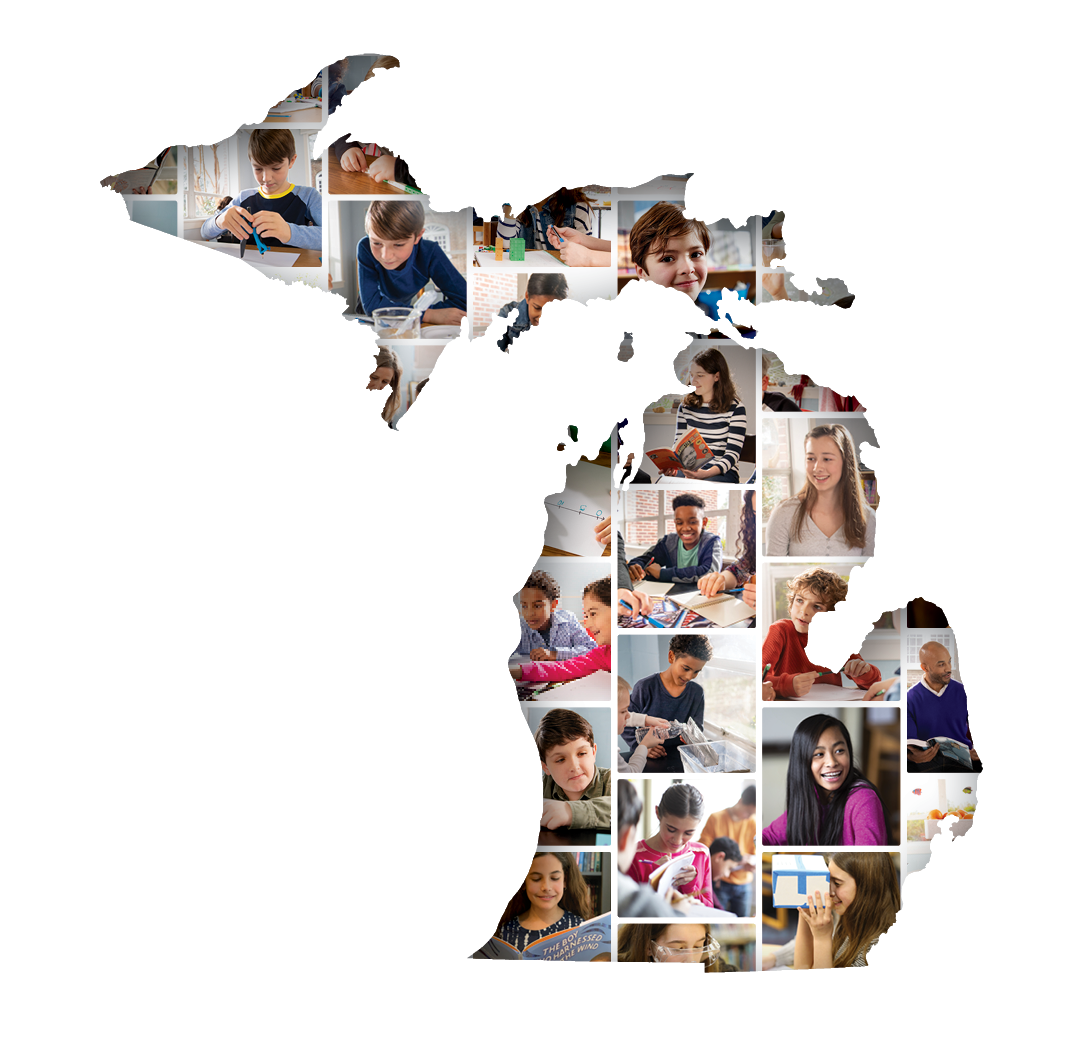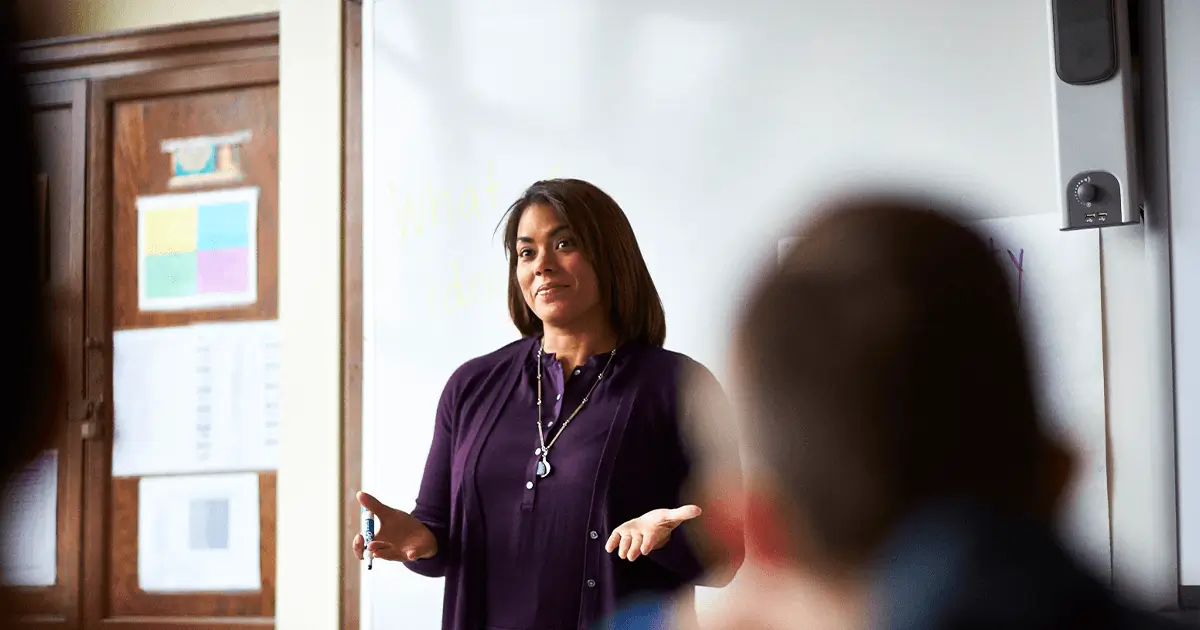Posted in: Aha! Blog > Eureka Math Blog > Eureka Math Student Engagement News > Tips for Sparking Joy, Boosting Engagement in Math Class from Eureka Math Writer and Veteran Teacher
Looking to engage your students in math while ensuring that they have fun at the same time? Grade 2 teacher and senior curriculum developer for Eureka Math®, Lisa Watts-Lawton, offers some great advice in this month’s ASCD’s Education Leadership magazine.
In her article, “Step by Step/5 Steps to … Spark Joy in Math This Year,” Watts-Lawton shares these pieces of advice:
- Create a student-centered learning environment.
- Make room for student expression and conversation.
- Integrate literacy supports to ensure reading challenges don’t get in the way of math learning.
- Use art in math lessons.
- Tap your favorite instructional routines.
Watts-Lawton suggests using student work as a launch pad for rich discussions about math. She also uses turn and talk routines. As she rightly sees it, quiet math classes ought to be a thing of the past.
When it comes to literacy supports, Watts-Lawton says teachers should consider reading directions aloud to young learners and making sure students understand academic vocabulary—words like exchange, digit, and decompose.
If you’re wondering about weaving art into math lessons, Watts-Lawton explains that using it is a great engagement strategy and it also builds knowledge across content areas. She describes using The Reception, by artist Jonathan Green, who depicts Gullah culture, descendants of enslaved Africans. Watts-Lawton notes that the elements of the painting—of people at a wedding reception—lend themselves to addition and subtraction questions, such as how many more people are seated than standing?
For routines, use those that work best for math instruction and that your students like. In Watts-Lawton’s class, Take a Stand is popular. She hangs signs around the room that display words like agree or disagree. Then she presents problems and asks students to stand near the sign that describes their thinking.
We love Watts-Lawton’s creative thinking and admire her work with students at Gardner Street Elementary School in Los Angeles. She sums up her approach best in the article: “By using methods like the ones I’ve described, we can deliver what math students need—joy, and rich learning experiences that lay a foundation for success in subsequent grades.”
Submit the Form to Print

Chad Colby
He has served in three state education agencies, which included time assisting New Mexico’s secretary of education with the adoption of new education reform initiatives; serving as the communications director at the Washington, D.C., Office of the State Superintendent of Education; and working as an assistant to the Florida Commissioner of Education. Chad also worked at the U.S. Department of Education from 2004 to 2009 and served as the deputy assistant secretary for media affairs and strategic communication during his final two years there. Chad is a native of Bloomington, Ill., and graduated from Florida State University.
Topics: Eureka Math Student Engagement News









